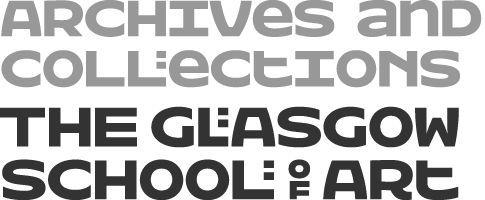Key Information
Type of entity
Person
Authorized form of name
Ramsay, David M
Parallel form(s) of name
Standardized form(s) of name according to other rules
Other form(s) of name
Identifiers for corporate bodies
Description area
Dates of existence
History
David Mitchell Ramsay was born in Greenock on the 12th April 1892, one of five children of Agnes (née Mitchell) and Thomas Ramsay, an Iron Ship Caulker and later a laboratory assistant. His four younger siblings were Thomas, Agnes, Edith and Margaret. Ramsay attended The Glasgow School of Art from 1912 to 1915 as a full time student of drawing and painting. During the First World War, Ramsay served as a Captain in the Argyll and Sutherland Highlanders. Detailed information is provided on the webpage Lives of the First World War by Gordon Becket which notes that he initially joined the Gordon Highlanders as a Private in 1915. He later transferred to the Argyll and Sutherland Highlanders on the 9th of May 1916 as a platoon commander. The
Source also notes that Ramsay was promoted to a Lieutenant on 31st of January 1917. Ramsay became unwell and returned to the UK on the 10th June 1917 and rejoined the 10th battalion on the 6th January 1918. Ramsay received the MC (Military Cross) alongside Lieutenant Young for his successful work on a raid on 3rd July. Images of Ramsay are also provided. One of the images notes that Ramsay trained as an art teacher, producing a series of watercolour landscapes of the west of Scotland. Ramsay can also be found in the Dictionary of Scottish Art & Architecture where it is stated that he held eleven exhibitions at the Glasgow Institute, Kelvinside. Ramsay died in 1963 in Mauchline, aged 71. Ramsay is commemorated on The Glasgow School of Art's First World War Roll of Honour.
If you have any more information, please get in touch.
Sources: Lives of the First World War: https://livesofthefirstworldwar.org/lifestory/3651984#timeline Scotland's People: http://www.scotlandspeople.gov.uk/ The National Archives: http://www.nationalarchives.gov.uk/; The Dictionary of Scottish Art and Architecture by Peter J M McEwan.
Places
Legal status
Functions, occupations and activities
Mandates/sources of authority
Internal structures/genealogy
General context
Relationships area
Access points area
Subjects
Place access points
Occupations
Control area
Authority record identifier
Institution identifier
Rules and/or conventions used
Status
Level of detail
Processing information
Language(s)
Script(s)
Sources
local

